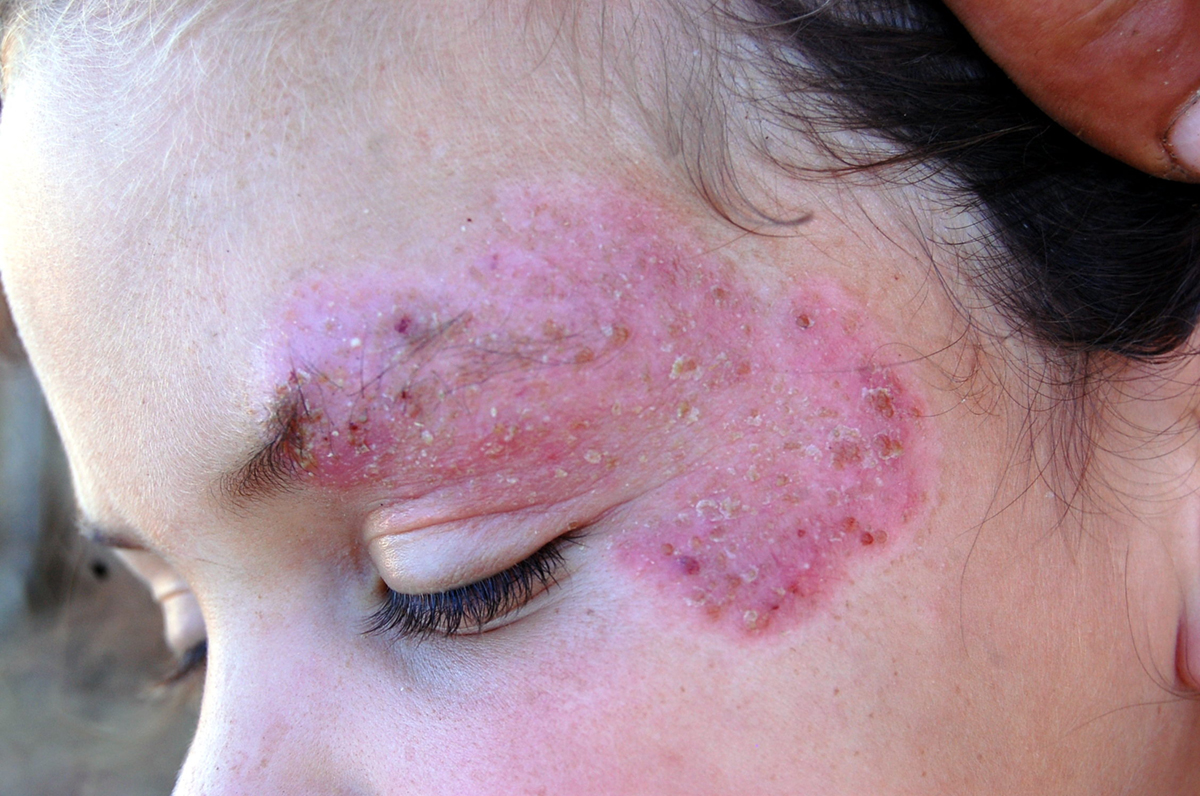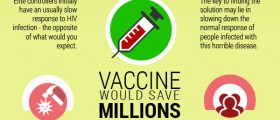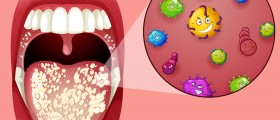
Description
Although the name might suggest otherwise, ringworm is a skin infection, which is caused by fungi. It is a common treatable condition, but if left untreated, the infection may spread to other parts of the body. The condition is highly contagious but harmless, and is transmitted through the contact with the infected person, or even a pet. Ringworm causes the appearance of itchy ring-shaped marks on the skin, and this fungal infection is most common in the summer, as people tend to perspire more, which makes their skin a suitable environment for the growth of various microorganisms.
Treatment
As ringworm has similar symptoms to other skin conditions, it is essential to properly diagnose the infection in order to be able to treat it. The doctor will perform a physical examination of the skin, and he may need to run tests for fungi and analysis of skin scrapings under the microscope, ifnecessary. Various topical anti-fungal creams, which are sold in pharmacies, are the effective treatment for ringworm. The doctor will usually recommend clotrimazole-based cream or another fungicide. The rash is normally treated for 2-4 weeks, until it completely vanishes. It may take from a few days to two weeks to see the first signs of improvement. Oral medication is prescribed in cases of scalp infections that fail to respond to external treatment.
Complications
Although the condition itself is not serious, it can lead to some complications. The most common one is the spread of the infection to other parts of the body. For example, ringworm affecting the toenails can spread to the feet and even hands, as a result of touching the feet. This can happen during scratching or bathing. From the hands, the infection can end up anywhere on the body. When it comes to the ringworm, another concern is that the infected people become more susceptible to bacteria and other organisms, so secondary infections are possible. Due to itching and irritation, the skin becomes weaker and less resistant, so the pathogens can easily penetrate it and causeinfections.
Contact dermatitis is another possible outcome of ringworm, and these two conditions share the same symptoms, and are transmitted in the same way – through direct contact with the infected skin. Contact dermatitis is a skin reaction to irritants and is marked by localized rash or itching. The use of medications for the treatment of ringworm may cause side effects in the form of reactions to certain chemicals found in the drug.

















Your thoughts on this
Loading...